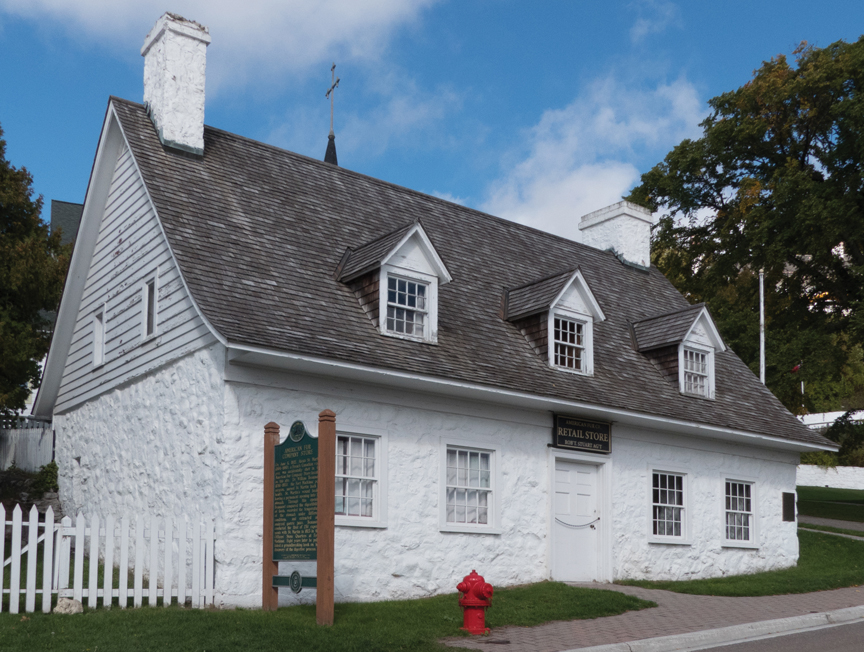
You probably don’t know of Arlington’s connection
to an international medical breakthrough that came as a result of a somewhat bizarre incident that occurred on an island in the Great Lakes Straits of Mackinac in 1822. The discoveries that unfolded there resulted in the 1833 publication of “Experiments and Observations on the Gastric Juice and the Physiology of Digestion” that still informs physicians and surgeons who care for us today.
OK, I know that sounds daunting, but stay with me for a few minutes, and I’ll explain how former Arlington City Manager George Campbell is linked to that far away place and what happened there 194 years ago.
In June of that year, Canadian fur trader Alexis St. Martin, age 20, was accidentally shot with a musket at close range at the trading post on little Mackinac Island off the Northern shore of Michigan. Dr. William Beaumont, a U.S. Army surgeon stationed at the nearby army post was summoned to treat St. Martin’s wound, from which he was not expected to recover.
The shot had blown off fragments
of St. Martin’s muscles, part of his stomach and internal organs, and broken a few of his ribs. For 17 days the food he ate re-emerged from his gastric wound. Then, the food began to stay in his stomach, and his colon began to function again.
When the wound healed, as described in the Wikipedia account of what occurred, the edge of the hole in his stomach had attached itself to the hole in the skin, creating a permanent gastric fistula.

That provided a window of sorts for Beaumont to literally watch the processes of digestion. He would observe to what extent various foods were digested by attaching them to a string and pulling it out at different intervals to observe what had taken place.
He would also extract samples of gastric acid for analysis. Some of that he used to “digest” bits of food in cups. All of this led to the important discovery that the stomach acid, and not solely the mashing, pounding and squeezing of the stomach, digests the food into nutrients the stomach can use.
The breakthrough was the discovery that digestion
was primarily a chemical process and not a mechanical one. Up to that time, doctors had thought most of the digestive processes occurred in the mouth. Beaumont would continue to make these observations and conduct experiments on his patient for the next 11 years. He expanded his studies into the effects that temperature, exercise and even emotions have on the digestive process.
Actually, it wasn’t so much that St. Martin was so cooperative for Beaumont having saved his life, as it was that he had become the doctor’s servant under a contract that called for him to perform various duties for the physician. Interestingly, St. Martin outlived his doctor by 27 years. Beaumont died as a result of slipping on ice-covered steps. He is buried at Bellefontaine Cemetery in St. Louis, along with other important historic figures, including William Clark, partner of Meriwether Lewis (who, with Clark, comprised the team of noted explorers of the Louisiana Purchase territory).
So, what, you may ask, is Arlington’s former city manager connection with this breakthrough in the workings of the human digestive system? George Campbell is Dr. Beaumont’s great-great- great grandson.
George, his wife, daughter and brother were special guests for groundbreaking ceremonies for the 1.1-million- square- foot William Beaumont Army Medical Center at Fort Bliss in El Paso – just one of a number of medical facilities around the country where the famous physician has been honored.
Part of Beaumont’s decision to bequeath his medical tools and papers to the University of Chicago was based on the school’s agreement to admit on scholarship any of Dr. Beaumont’s descendants as students.
George’s grandson Nick, now a freshman at The Oakridge School in Arlington, may become the latest beneficiary of his ancestor’s discovery and his informing the world of what happens after we finish eating.
















